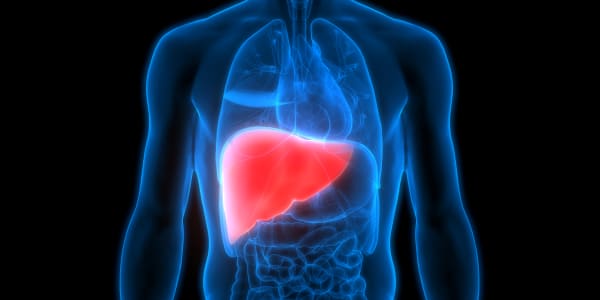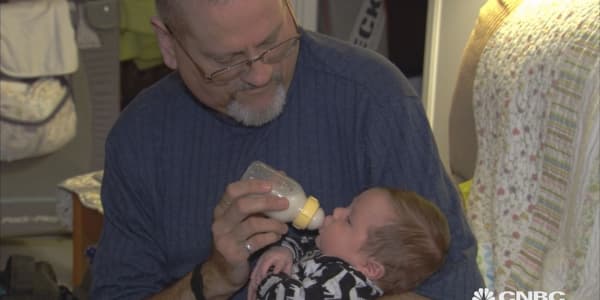The morning after 64-year-old Stephen Paddock opened fire on 22,000 concertgoers at the Route 91 Harvest country music festival in Las Vegas, Mandalay Bay Resorts promptly opened a crisis center, asking certified trauma counselors to volunteer and go to "Circus Circus – Ballroom D," according to a tweet. The makeshift crisis center was open to all victims, family members and anyone else directly impacted by the events, including Mandalay Bay guests and employees.
"Psychological first aid," or early mental health response, after the aftermath of horror and heartbreak is relatively new. In the first two weeks after the Sandy Hook Elementary School shootings on December 14, 2012, which left 29 people dead, more than 800 people visited the main crisis counseling center in Newtown, Connecticut. Within 24 hours after the June 12, 2016, nightclub shooting in Orlando, which claimed 49 lives, local counselors began circulating a spreadsheet, asking practitioners to sign up for shifts to offer therapy and support to victims, their families and community members. In a few days 650 practitioners signed up.
The Las Vegas shooting on Sunday night turned out to be the deadliest mass shooting in modern U.S. history, leaving 59 dead and 527 injured. For nearly 15 minutes shots rained down on the attendees, who had nowhere to escape. What was to be an evening of country music and celebration turned into a night of bloody terror, leaving those affected — whether directly or vicariously — at risk of severe post-traumatic stress disorder.

Seventy percent of adults in the United States have experienced some type of traumatic event at least once in their lives," says PTSD United, a nonprofit organization dedicated to providing support and resources for sufferers of PTSD. This equates to approximately 223.4 million people. Up to 20 percent of these people go on to develop PTSD. Today there are approximately 44.7 million people who were or are struggling with PTSD.
The annual cost to society of anxiety disorders? More than $42.3 billion, often due to misdiagnosis and undertreatment.
Treatments for Post-Traumatic Stress Disorder
Several types of medications, such as antidepressants and anti-anxiety drugs, can be used to treat symptoms of PTSD. In addition, psychotherapy, also called talk therapy, may be used to treat children and adults with PTSD. Some types of psychotherapy used in PTSD treatment include:
Cognitive therapy. This type of talk therapy helps you recognize the ways of thinking (cognitive patterns) that are keeping you stuck — for example, negative beliefs about yourself and the risk of traumatic things happening again. For PTSD, cognitive therapy often is used along with exposure therapy.
Exposure therapy. This behavioral therapy helps you safely face both situations and memories that you find frightening so that you can learn to cope with them effectively. Exposure therapy can be particularly helpful for flashbacks and nightmares. One approach uses virtual reality programs that allow you to re-enter the setting in which you experienced trauma.
Eye movement desensitization and reprocessing (EMDR). EMDR combines exposure therapy with a series of guided eye movements that help you process traumatic memories and change how you react to them.
Source: Mayo Foundation for Medical Education and Research
According to Michele Hart, co-author of Mental Health Emergencies: A Guide to Recognizing and Handling Mental Health Crises, immediate help is essential.
Hart, a licensed clinical social worker in Utah with more than 20 years' experience in the treatment of trauma and stressor-related disorders, said that after emotional trauma of this scale, it will take, on average, eight months for people to get back to a normal sleeping routine.
More from Modern Medicine:
Breakthrough electronic glasses help the legally blind see
How a party drug could become the next blockbuster antidepression treatment
The most common thing she sees after an event such as this is re-traumatization. "If anyone has been experiencing trauma of any kind, it is going to start resurfacing," Hart said.
To treat PTSD, Hart suggest the following measures.
A place to feel safe
"The first step is safety. Give someone a safe place to be and just be," she said. "Right now the talking isn't the important part."
Hart said the priority should be giving people a place where they can cry and express emotions and begin to process what has happened in a way that is safe and comfortable. She added that therapy is not going to help quite yet: They need to draw with crayons, to do something that will help them express their emotions without having to say anything.
Referring to Mandalay Bay's crisis center, she said, "It should be open for a week," adding that they need to have one separately for their staff. "Most of the people will get to go home, but the staff has to keep coming back," she said.
Seventy percent of adults in the United States have experienced some type of traumatic event at least once in their lives. This equates to approximately 223.4 million people.PTSD Uniteda nonprofit organization dedicated to providing support and resources for sufferers of PTSD
Dialing down the media
Viewing graphic footage and overexposing yourself to the tragedy will harm the recovery process. Hart recommends her clients listen to the news only long enough to know what is happening and then simply turn it off. Continuously experiencing the trauma unfolding even if you haven't been directly impacted can take its toll, she said, adding, "Vicarious trauma is very real."
Supportive leadership
Hart said that leadership needs to "stand up and say, 'We support you, our employees, and that whatever your needs are, we will be there for you.'" An organization crumbles from the bottom up after a tragic event, she said, claiming that if the cleaning crew starts suffering, everything will fall apart.
"The more support the staff gets from the top, the safer they will feel, and the last thing they should be having to worry about is their job in jeopardy."
— By Jessica Mathews, special to CNBC.com





